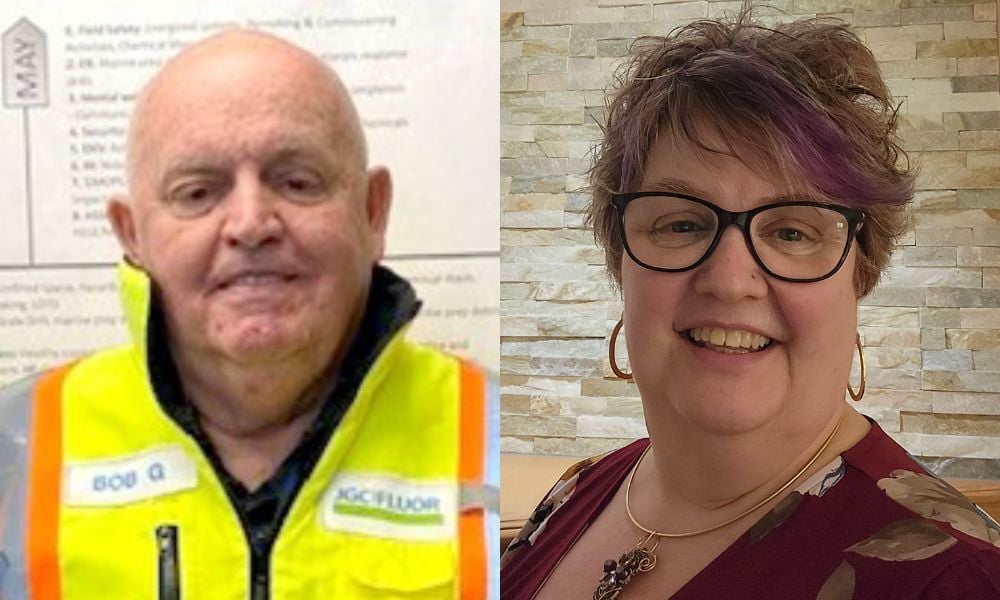On-site counselling, peer support, mindfulness among successful elements of enhanced program at B.C. location

Increased utilization, increased attendance, increased participation and high net promoter scores – these are some of the positive results seen by LNG Canada after its contractor, JGC Fluor, boosted the mental health offerings for workers.




